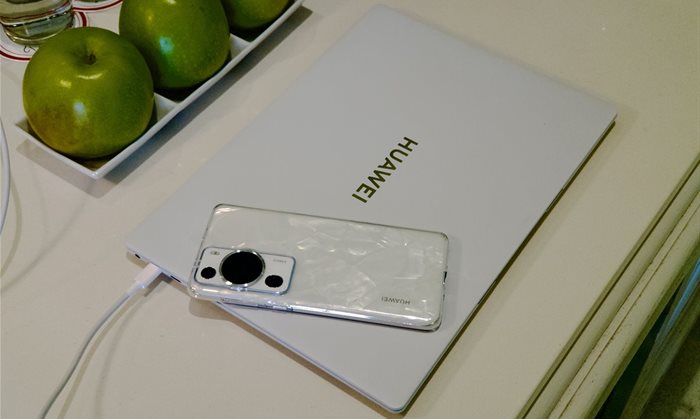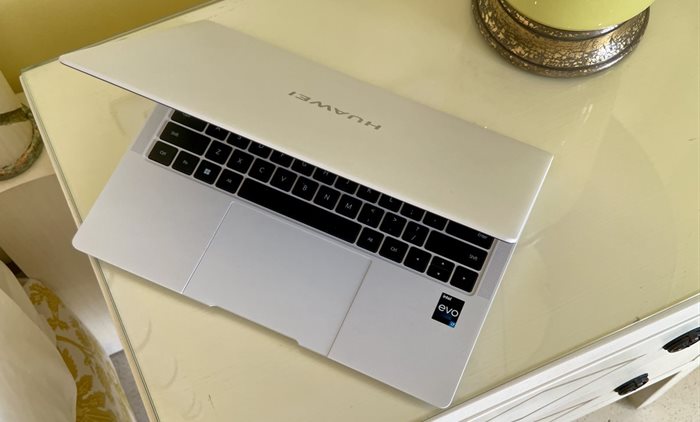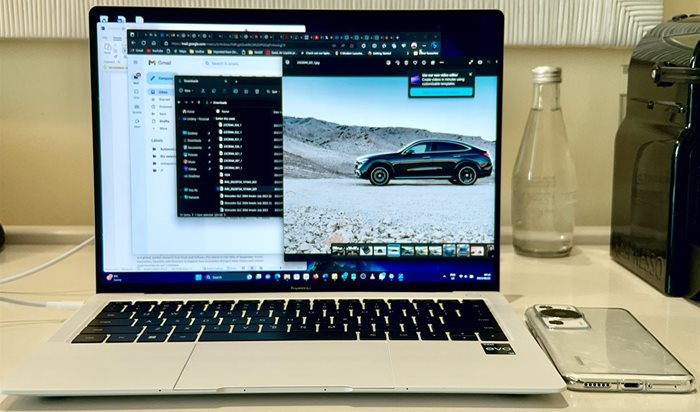
Related
Top stories


Marketing & MediaCammy Msimango on finding her footing in South Africa’s fast-moving digital newsroom
Esther Tomorrow, MDNTV 20 hours




More news




Google was the first major company to end its relationship with Huawei and this move kneecapped any hopes the Chinese tech maker had of entrenching itself as the world’s biggest smartphone maker. Shipping Android phones without Google services would prove a challenging task, even to devoted customers like those in South Africa.
What Huawei didn’t do, however, is stop making devices.
“We can’t just abandon the R&D we’ve already spent on the different product categories,” says Huawei South Africa’s Consumer Business Group GM Peter Feng. He explains that, despite the sanctions imposed by the US government, Huawei has grown to become the number one foldable phone brand in China and Europe.
“In the UAE we have 47% market share for foldables, even after the competitors launched their new products and began cutting prices. We’re also number one in China for ultra slim PC. We don’t have access to Nvidia technology, so we can’t do gaming devices, so we have to compete in different product segments.”
The manufacturer has been in the news lately because of its latest flagship smartphone, the Mate 60 Pro. The device is an iteration on the stellar camera hardware from the P60 Pro and does its best to ape Apple’s Dynamic Island with its own custom widget interface around the in-screen cameras.
Where it really sets itself apart from even previous Huawei devices, is on the inside. Huawei has managed to fabricate its own processor using in-country expertise.
Inside the Mate 60 Pro is a home baked Kirin 9000s system on a chip (SoC), with 5G capabilities, without leveraging any intellectual property from the US.
This also sparked a new probe into the technology that Huawei is using and fresh calls from Republican lawmakers for extra sanctions and more restrictions.

And throughout this, I’ve been using a Huawei Matebook X Pro for daily computing and found it to be one of the best Windows laptops on the market right now. Pair it with the P60 Pro smartphone to cover events where I need to take pictures, record video and audio, and move data quickly between devices and the Huawei Super Device ecosystem truly sings.
The Huawei P60 Pro smartphone camera truly deserves its spot at the top of the dxomark.com rankings. It is capable of remarkable image output and not too bad at video. The only thing that keeps it from being an easy recommendation I the lack of Google services.
This highlights Google’s stranglehold on the Android ecosystem with its first party solutions – Gmail, Docs, YouTube, Google Photos, etc – taking preference as default computing options over everything else. Google is currently in court with the US regulators on antitrust charges related to its search business.
Google pays to be the default search engine on iPhones and took a significant loss when Apple improved its own maps solution. It has also moved Fitbit, the fitness wearables company it acquired in 2021, user data over to its own services, which creates further entrenches those customers into the Google ecosystem.

“Huawei is the only wearable maker that is supporting three operating systems,” explains Feng at the launch of the Huawei Watch GT4 series in Cape Town. The new family of wearables run on the Huawei Health app that can sync data with Apple Health and Discovery Vitality.
“We try and update the iOS app at least every other month, it’s a lot of work,” he says.
The focus on creating a good experience for a wide range of users is a position that Huawei was forced into. Its wearable business managed to keep the company afloat during the early months of the ban.
Garmin does a similar play and will work reliably on Huawei devices, but the map data is drawn using Google Maps in the Android environment, which means runners cannot see their route on the phone app.
There are, however, no such limitations on the PCs, with the Windows operating system running smoothly on Huawei’s hardware choices. The Biden administration tried to interfere with Intel exports to Huawei, but luckily the 2023 Matebook X Pro and Matebook D-series made it to store shelves before the clampdown.

Full metal chassis Windows laptops are not common under R35,000 and the Matebook X Pro does as good a MacBook Air impression with its slim build as you’ll find among Intel Evo notebooks.
You also get 1TB of storage as standard and Huawei makes up for the lack of discreet graphics – only Intel Iris X integrated graphics is on offer – by equipping two Thunderbolt USB-C ports that are compatible with an external GPU.
While the MacBook mimicry doesn’t extend to the battery endurance, a reliable six hours off of a wall charger is still respectable.
Huawei has diversified its portfolio of devices to bring more premium products to the most amount of users, but the US sanctions do still scare potential buyers off. The knows this and has chosen to play the long game.
On the telecoms side, Huawei equipment is entrenched in the 5G networks of many nations. When the US sanctions hit it came alongside stripping out Huawei tech from core infrastructure and Europe is following suit with Germany and Portugal making the switch away from Chinese networking tech as well.

Producing a competitive 5G mobile SoC in-house is a big win and will open up the opportunity for other Chinese manufacturers to source parts without any connection to the US. There’s also a smart EV coming that will also run HarmonyOS, giving automotive manufacturers more options outside Google Automotive Services and the Harman systems from Samsung.
“Maybe we can bring Mate 60 Pro to South Africa next year, but it depends on the network situation – there’s still a lot of work to do,” says Feng.
